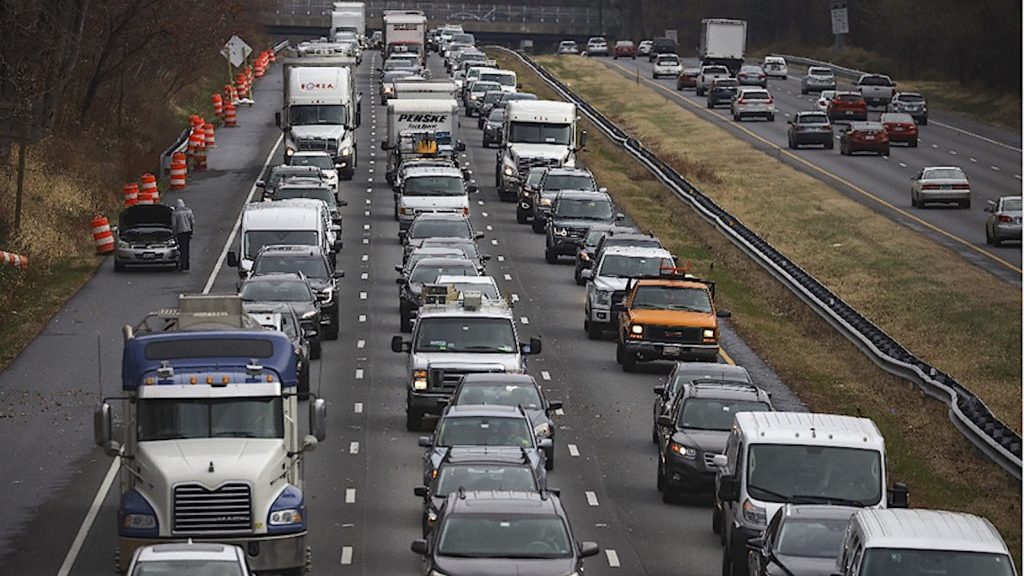The Environmental Protection Agency revealed the hard numbers behind President Joe Biden’s push for cleaner cars: 52 mpg. That’s the new average fuel economy standard the agency is mandating automakers hit by 2026.

In the near term, they’re pushing for a 10% improvement by 2023. The new proposals, for which the EPA is now accepting public comment, represent a stricter mandate than the Trump administration’s rolled back requirement.
“Today, EPA takes a major step forward in delivering on President Biden’s ambitious agenda to address the climate crisis and create good paying, union jobs,” said EPA Administrator Michael S. Regan in a statement.
“These robust standards are underpinned by sound science and technical expertise, encouraging the development of technology and innovation that will drive America forward into a clean energy future. We are excited about building on the partnerships with states, cities, industry, labor, and NGO stakeholders to realize this vision together.”
Stiffer mandate
The new rules mean automakers would need to improve their numbers for the 2023 model year by 10%, then for each model year after that until 2026, the agency calls for a 5% improvement. Officials also noted they would begin discussing 2027 and beyond soon.
According to the EPA, these new regulations would reduce carbon dioxide emissions by 2.2 billion tons by 2050. That elimination of emissions equate to a year of greenhouse gas emission from all petroleum combustion since 2019 in the U.S.
Additionally, the agency claims motorists save between $120 billion and $250 billion in fuel costs between now and 2050, reducing the overall amount vehicle owners spend during their vehicle’s lifetime.
Heavy duty trucks aren’t exempt
The agency also revealed it was working on plans to reduce greenhouse gas emissions from heavy duty trucks. The rules for those vehicles aren’t due until 2022 and won’t apply until 2027. When they do begin, it’ll be a three-year cycle before then next round of regulations take effect.
“Pollution from trucks has been a long-standing obstacle to advancing environmental justice, as many low-income and minority communities live near highways or in heavily polluted areas with frequent truck congestion and idling,” Regan said in a statement.
“EPA is committed to walking our talk and delivering tangible benefits to historically underserved and overburdened communities. Setting clear and stringent standards for truck pollution is critical to delivering on this commitment.”

